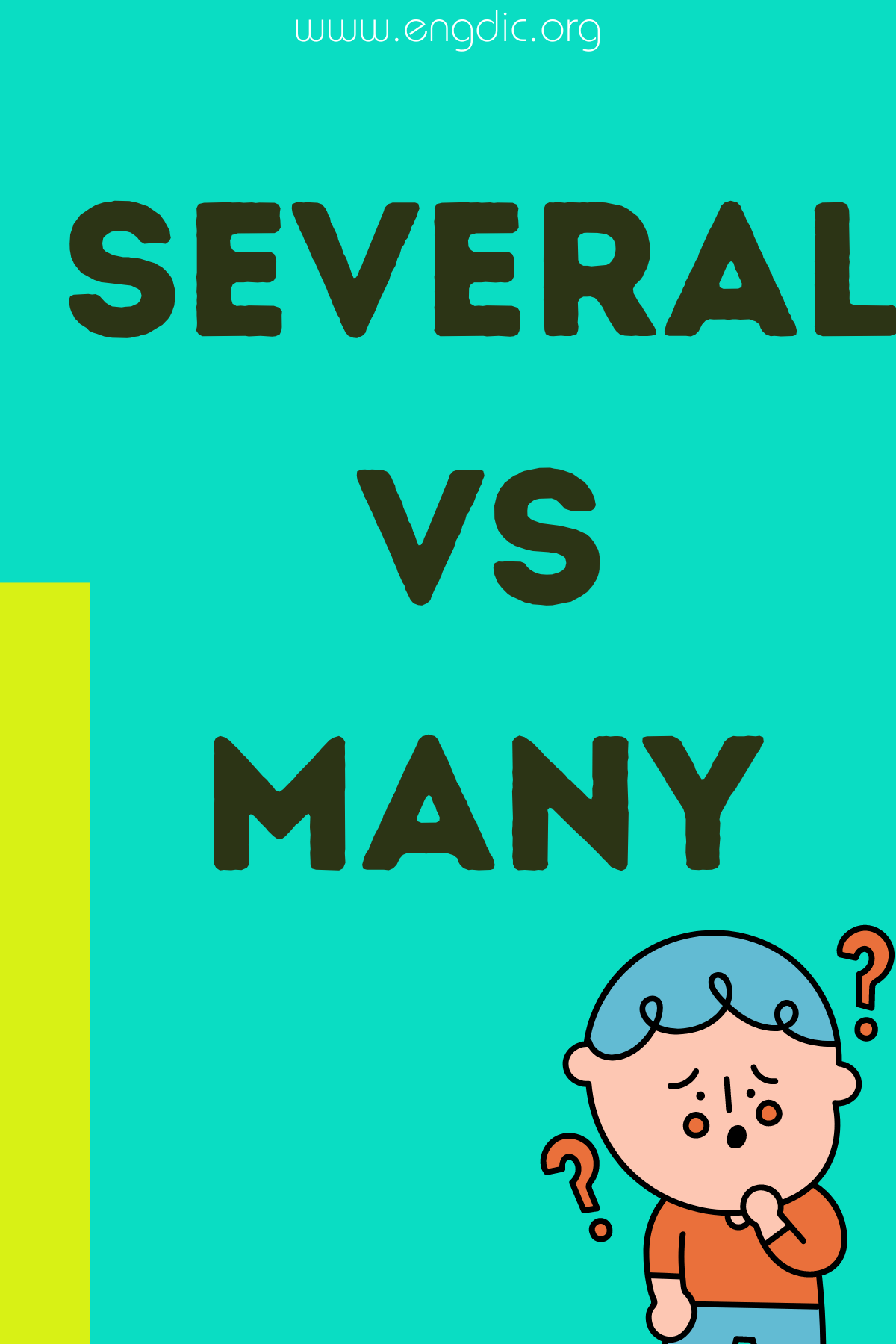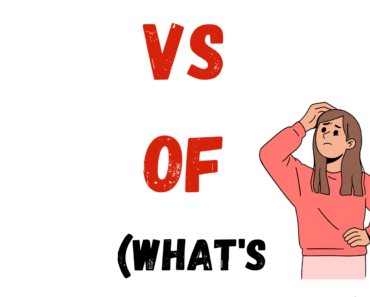When distinguishing between “several” and “many,” it’s important to grasp their subtle differences in implying quantity. “Several” refers to more than two but not a large number, often used when the exact number is unknown but clearly limited. In contrast, “many” suggests a much larger, often indeterminate quantity and is used when emphasizing the abundance or multitude of something.
While both terms are used to discuss quantity, “several” feels more finite, whereas “many” leans towards a broader, more expansive count.
Definition of “Several”
Definition: “Several” is an adjective used to describe a small number, more than two but not many. Usage:
- General Use: It typically indicates a number that is not specific but is limited and manageable.
- Examples:
- “She attended several meetings throughout the day.”
- “He had several ideas on how to proceed with the project.”
Definition of “Many”
Definition: “Many” is an adjective used to indicate a large number of people or things. Usage:
- General Use: This term is used when the quantity is large and often unspecified.
- Examples:
- “Many people attended the concert.”
- “He owns many books on philosophy.”
Both “several” and “many” help in quantifying objects or occurrences, but choosing between them depends on the context of the quantity being referred to. “Several” suits scenarios with a modest number, whereas “many” fits situations involving larger, more indefinite amounts.







